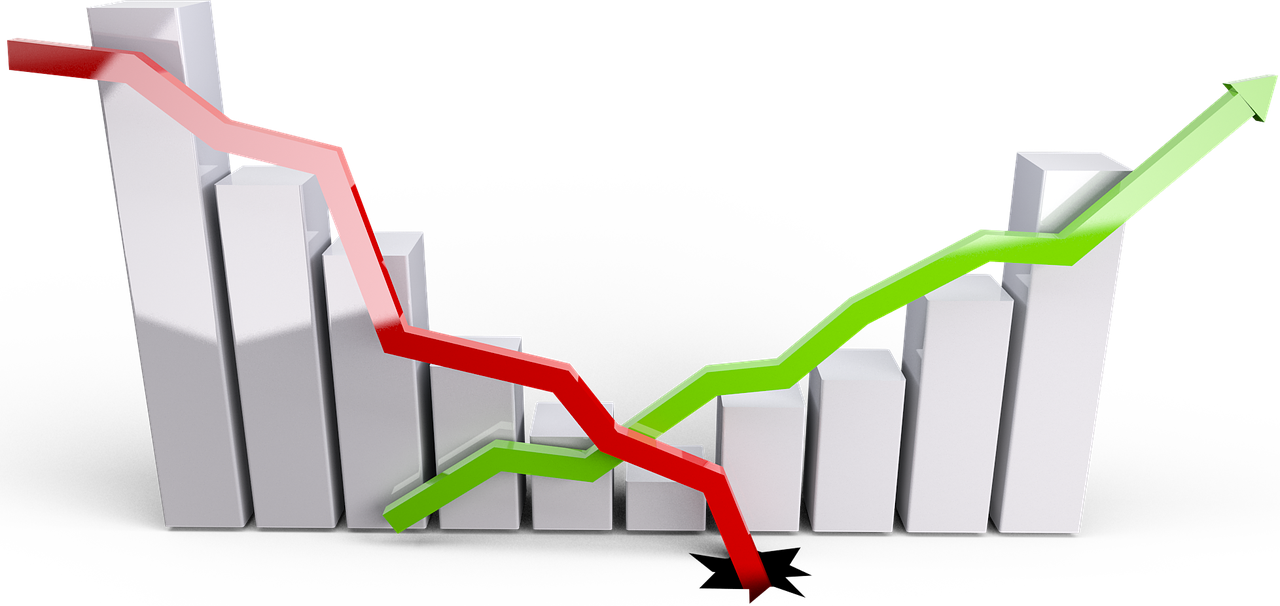Are you feeling dizzy from the wild swings of today’s stock and bond markets? You’re not alone. These unprecedented times have brought a rollercoaster of market volatility, and many investors are struggling to make sense of it all. But fear not! In this blog post, we’ll dive into what’s driving the rally in both bonds and stocks so that you can better understand these fluctuations in your investment portfolio. So buckle up, grab some popcorn, and let’s dig into the fascinating world of finance!
Wall Street’s recent wild ride
The past few weeks have been a wild ride for investors, with stocks and bonds both seeing large swings. The S&P 500 is up 6% from its lows in early February, while the 10-year Treasury yield has risen 0.75%.
So what’s behind this rally? For stocks, it’s mostly due to an improvement in the outlook for corporate earnings. With the tax cuts enacted in late 2017 and guidance from companies generally positive, analysts are expecting earnings to grow at a double-digit pace this year. This has helped push stock prices higher.
For bonds, the rally is more of a relief rally after a period of heavy selling. Bond prices had been falling as interest rates rose on expectations of higher inflation and higher growth. But with inflation remaining subdued and bond yields still relatively low by historical standards, many investors decided that the selling had gone too far and started buying again.
What’s behind the market swings?
The recent market swings are being driven by a variety of factors, including concerns about the global economy, the U.S. presidential election, and central bank policy.
Global economic growth has been sluggish in recent years, and there are concerns that the slowdown could accelerate in the months ahead. In the United States, growth has been more robust, but there are still worries about the impact of trade tensions and slower consumer spending.
The U.S. presidential election is also adding to market uncertainty. Investors are concerned about the possibility of a trade war between the United States and China, as well as the potential for higher taxes on businesses and investors if Democratic candidate Elizabeth Warren wins the election.
Finally, central bank policy is also playing a role in the market swings. The U.S. Federal Reserve has cut interest rates three times this year in an effort to support economic growth, but some investors are concerned that these cuts could lead to inflation down the road. Meanwhile, European Central Bank President Mario Draghi recently announced that the ECB will provide more stimulus to boost growth in the eurozone.
How long will the volatility last?
The current volatility in the markets is being driven by a number of factors, including the ongoing trade war between the U.S. and China, concerns about global economic growth, and uncertainty around interest rates. While it is difficult to predict how long this volatility will last, it is likely that it will continue for the foreseeable future.
What should investors do?
When it comes to investing, there are a number of different strategies that can be employed in order to make money. However, with the recent wild swings in the markets, many investors are wondering what the best course of action is.
For those who are invested in stocks, it is important to remember that the market is always fluctuating. While there have been some sharp declines recently, it is important to keep a long-term perspective and not sell off your holdings in a panic. Many experts believe that the current market conditions are actually ripe for making money, so investors who are patient may be rewarded handsomely in the end.
Bond investors, on the other hand, may want to take a more proactive approach. With interest rates rising, bonds are likely to lose value in the coming months. As such, selling now and reinvesting the proceeds into something else may be a wise move. Of course, every investor’s situation is different, so it’s important to consult with a financial advisor before making any major decisions.
Conclusion
The wild market swings over the past year have been a testament to how quickly things can change and how important it is for investors to stay on top of news and developments. While we may not know exactly what sparked the recent rally in stocks and bonds, it’s clear that investors should remain vigilant about monitoring their investments during times of volatility. By staying informed about current events, investing strategically, and understanding which factors are influencing markets, you can take advantage of opportunities when they present themselves and protect yourself from losses when markets turn south.










